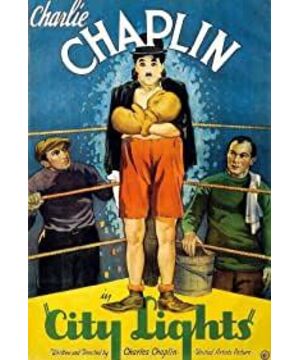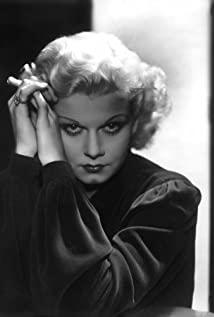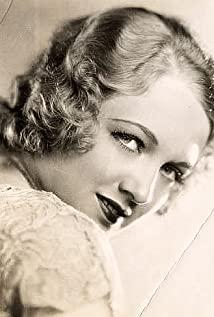This romantic comedy was filmed during the US financial crisis and the Great Depression. A crappy and funny homeless man, who came across a blind flower girl on the street, fell in love with her, and sacrificed for her silently. By chance, he rescued the depressed drunk rich man again, and experienced the contrast of the rich man turning his face and ignoring him after calling him a brother again and again. The tramp's exaggerated body language and a series of vignettes are ironic, and the ending is thought-provoking.
The German playwright Steiden Dudoff once said: Finding faults is the root of laughter and the root of comedy. The financial crisis broke out in the United States in 1921, a large number of factories closed down, and workers lost their jobs. Many companies take the opportunity to merge and acquire, but instead make some businessmen richer, and the gap between the rich and the poor is even wider.
The rich in the play represent the upper class who can drive luxury cars, live in bungalows, and live a luxurious life of lavish money. The homeless are poor people who have nothing and are homeless. The movie is dramatic, it brings two people with very different fates together. When the rich man was rescued after being drunk, he said to the homeless: you are my best friend. After sobering up, he said to the housekeeper: l don't know him, let him get away! What an ironic scene, again What a ridiculous scene?
The tramp was not surprised or sad, but went to look for the innocent, kind and pitiful flower girl, bought a clean little white flower, and pinned it carefully and gentlemanly to the collar of the shabby dress; after the flower girl fell ill , doing odd jobs to earn money to buy food to visit her; smiling and helping the flower girl to tear off the yarn from his sweater into a ball of thread; when she learned that the flower girl and her grandmother were unable to pay the rent, she resolutely went to fight fake punches and went to the rich to borrow it. money.
In the end, the homeless man was framed for stealing money and was arrested and jailed. After being released from prison, the homeless found that the flower girl had healed her eyes and opened a flower shop, but the homeless did not take the initiative to say that she had helped her. A short, thin and poor person can also do his best to clear the haze, bring a ray of light to others, and illuminate life.
A city has many ordinary little people like homeless people, one by one, they are strung together in rows, bringing together the faint and continuous light, becoming the light of the city. After this film magnifies the dark side of human nature in the society with the artistic technique of comedy, it will not make people feel full of negative energy. Instead, it interprets a healing love story in a humorous and warm way, giving people hope and a beautiful yearning.
View more about City Lights reviews











